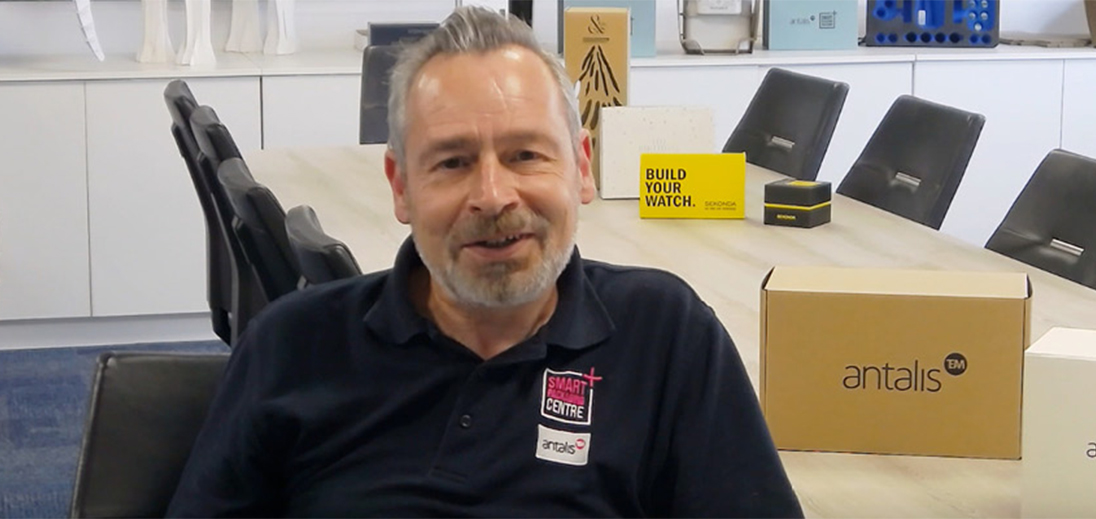How to handle the Carbon challenges of packaging solutions?
In the era of environmental consciousness, addressing the carbon emissions created during the manufacture of packaging is pivotal in tackling today's environmental challenges.
In the era of environmental consciousness, addressing the carbon emissions created during the manufacture of packaging is pivotal in tackling today's environmental challenges.
John Garner, Head of sustainability, innovation and design at Antalis Packaging in the UK, answers the questions about the carbon footprint challenges of packaging solutions.
What are the main environmental challenges that you face today ?
I think the first part is sourcing. We really do need to make sure that if we're using a paper based solution, for example, that the paper comes from sustainable forestry. Here in the UK, every paper product, we supply is either FSC or PEFC certified. This means that our paper-based products come from sustainable managed forestry. So for every tree used, at least three or four more are planted in their place. Design elements are also really key in this as well, because 80% of a products, carbon footprint, any product, not just packaging, is defined at the point of design. The largest element of this over 50% is to do with manufacture and distribution, and then it's end of life.
So what that means is, if we can minimize the amount of material used in manufacturing, we are reducing the overall carbon footprint significantly. We also have to ensure that the products we supply, are easy to dispose of in a responsible way, are recyclable and therefore have a really low carbon footprint.
To meet these environmental challenges and reduce the carbon emissions of packaging, what solutions exist?
We create waste in every operation we do in life and unfortunately all packaging products at the end of their lifecycle end up as waste.So minimize, make it easy, make everything more possible, recyclable and use responsible materials in the first place.
How do you find the perfect balance between good protection and low carbon emissions?
I think that if you do produce the products, the packaging for it has to work. It has to get from A to B in one piece, successfully. Every single item that's damaged has to be replaced. So let's look at that. We send one product out, it gets delivered successfully. Fantastic. If it doesn't, it has to be returned and another product is then sent out. Now, the carbon footprint of this is at least three times higher than getting it right in the first place. So the first thing we look for in every design solution is quite simple, it has to work.
And locally, what are you doing to reduce your carbon emissions?
Well, happily, we've been on a ten year journey here at Antalis in the UK, and during that decade we've actually managed to reduce our operational CO2 footprint by over 75%. How did we do? We made sure that all of our energy, for example, the energy we're using to record this video and the light in this building, is all from renewables. We also make sure that our fleet runs on biodiesel and low carbon diesel where possible. And the delivery fleet that goes in to the center of London is electric, so has zero emissions.
We’re currently on the journey of fitting electric charging points to our distribution centers across the UK. Our sales fleet is becoming more hybrid electric and the plan for 2024 is to add solar panels here to the roof here at our CDC in Leicestershire. Which in February, when it’s pretty dark and cold in England, will run over 80% of our operation sustainably. And in the summer time it will be fabulous.
Do your customers have specific carbon emissions requirements?
Straightforward answer, yes. We probably spend more time now talking to our customers about carbon footprint and sustainability than we do even about the price of products. It's a huge agenda point.







